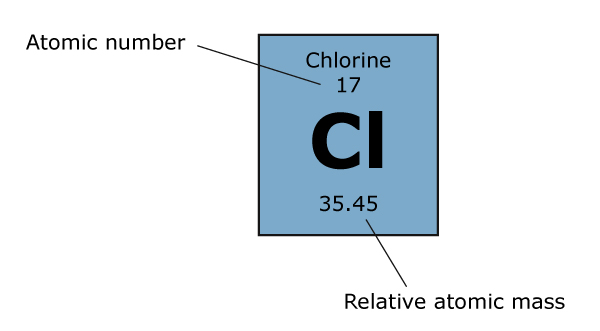
So, the direct electrolysis of molten MgCl 2 in the absence of water is required because the reduction potential to obtain Mg is lower than the stability domain of water on an E h–pH diagram ( Pourbaix diagram). As it is also the case for aluminium, an electrolysis in aqueous solution is not possible as the produced metallic magnesium would immediately react with water, or in other words that the water H + would be reduced into gaseous H 2 before Mg reduction could occur. The reduction of Mg 2+ into metallic Mg is performed by electrolysis in molten salt. The Lewis acidity of magnesium chloride is reflected in its deliquescence, meaning that it attracts moisture from the air to the extent that the solid turns into a liquid.Īpplications Precursor to Mg metal Īnhydrous MgCl 2 is the main precursor to metallic magnesium. In the coordination polymer with the formula MgCl 2( dioxane) 2, Mg adopts an octahedral geometry. One derivative is tetraethylammonium tetrachloromagnesate 2. Īs suggested by the existence of hydrates, anhydrous MgCl 2 is a Lewis acid, although a weak one. Anhydrous MgCl 2 is produced industrially by heating the complex salt named hexamminemagnesium dichloride 2+(Cl −) 2. nH 2O ( n = 6, 12) does not occur straightforwardly.The thermal dehydration of the hydrates MgCl 2 In the hexahydrate, the Mg 2+ is also octahedral, but is coordinated to six water ligands. Several hydrates are known with the formula MgCl 2 MgCl 2 crystallizes in the cadmium chloride CdCl 2 motif, which features octahedral Mg centers. Structure, preparation, and general properties It can also be prepared from magnesium carbonate by a similar reaction. In the Dow process, magnesium chloride is regenerated from magnesium hydroxide using hydrochloric acid: Some magnesium chloride is made from evaporation of seawater. Some deposits result from high content of magnesium chloride in the primordial ocean. The mineral bischofite ( MgCl 2♶H 2O) is extracted (by solution mining) out of ancient seabeds, for example, the Zechstein seabed in northwest Europe. In the Jordan Valley, it is obtained from the Dead Sea.

In North America, it is produced primarily from Great Salt Lake brine. Magnesium chloride can be extracted from brine or sea water. Hydrated magnesium chloride is the form most readily available. Anhydrous magnesium chloride is the principal precursor to magnesium metal, which is produced on a large scale. These compounds and their solutions, both of which occur in nature, have a variety of practical uses.

These salts are colorless or white solids that are highly soluble in water.


 0 kommentar(er)
0 kommentar(er)
